The 11th meeting of the 13th Party Central Committee. (Photo: Doan Tan/VNA)
Continuing to reorganize the political system, reorganize administrative units and organize two-level local governments is one of the two main groups of contents that the Central Committee commented on at the 11th Conference, taking place from April 10-12.
This is a historic conference, discussing historic decisions in the new revolutionary period of our country. After this conference, the Ministry of Home Affairs will preside over and coordinate with relevant ministries and branches to organize a national conference to be deployed to central ministries and branches and localities.
Expecting "key turning point" decisions
Over the past 4 months, implementing the conclusions of the Central Committee, the Politburo and the Secretariat have basically led and directed the completion of the arrangement and streamlining of the apparatus of the Party, Government, National Assembly and Fatherland Front agencies at the Central level. The figures on streamlining focal points and work efficiency as well as cost savings stated in the reports have clearly demonstrated the revolutionary nature of this streamlining. However, according to the assessment of General Secretary To Lam at the opening session of the 11th Central Conference, the organizational model of the political system is not really complete, especially at the local level.
To continue the revolution of streamlining the organizational apparatus, the Politburo and the Secretariat held many meetings, thoroughly discussed many aspects and agreed to submit to the Central Committee the Project on rearranging and reorganizing administrative units at all levels and building a 2-level local government organization model; along with Projects on the Party organization system at the local level; rearranging and streamlining the Fatherland Front agencies, socio-political organizations, and mass organizations assigned tasks by the Party and State; rearranging the Courts, Procuracies, etc.
“This is an issue that officials, party members and people are very concerned about. The information that the Politburo and the Secretariat have is that the vast majority of people and party members agree, support, appreciate this policy and wish for it to be implemented soon,” said the General Secretary.
The project on rearranging and reorganizing administrative units at all levels and building a 2-level local government model, along with the accompanying projects, are very important and historical issues; not only rearranging the organization, apparatus, and staff; but also decentralizing authority; rearranging administrative units; allocating resources; and creating space for development.
The goal is to build a government that is close to the people, serves the people better; at the same time, opens up a new situation in national development with a long-term vision, at least for the next 100 years.
General Secretary To Lam delivers the closing speech at the 11th Conference of the 13th Party Central Committee. (Photo: Thong Nhat/VNA)
After 3 working days, the Central Government has agreed on the policy of organizing local government at 2 levels: Provincial level (province, city directly under the Central Government), communal level (commune, ward, special zone directly under province, city); ending the operation of district-level administrative units from July 1, 2025 after the Resolution amending and supplementing a number of articles of the 2013 Constitution and the Law on Organization of Local Government 2025 (amended) takes effect. The number of provincial-level administrative units after the merger is 34 provinces and cities; merging communal-level administrative units ensures that the whole country reduces the number of communal-level administrative units by about 60-70% compared to the present.
Along with that, arrange 5 socio-political organizations, 30 mass organizations assigned by the Party and the State and other mass organizations to be directly under the Vietnam Fatherland Front, with the Standing Committee of the Central Committee of the Vietnam Fatherland Front chairing consultations, coordinating and unifying actions. End the activities of civil servant unions and armed forces unions; reduce the level of union dues contribution of union members.
The Central Committee also agreed on the policy of streamlining the organization of the People's Court and the People's Procuracy; the organization system of the People's Court and the People's Procuracy has 3 levels: the People's Court and the Supreme People's Procuracy, the provincial and regional levels. The activities of the People's Court and the High People's Procuracy and the People's Court and the People's Procuracy at the district level will end.
Establish local party organizations corresponding to the provincial and communal administrative systems (after reorganization). End the activities of district-level party committees (districts, towns, cities, and districts directly under the province and centrally run cities). Establish party organizations corresponding to provincial and communal administrative units in accordance with the Party Charter and central regulations.
Better meet people's needs
Following the Conference information, many cadres and party members expressed their expectations for the "key turning point" decisions when implementing the arrangement and reorganization of administrative units at all levels and building a 2-level local government organization model; arranging and streamlining the Fatherland Front agencies, socio-political organizations, and mass organizations assigned by the Party and State; and arranging the Courts and Procuracies. These are very important and historic issues.
Mr. Ngo Thanh Phong (born in 1949, residing in Binh Thoi 2 hamlet, Binh Khanh ward, Long Xuyen city, An Giang province) - Former Editor-in-Chief of An Giang Newspaper answered VNA reporters. (Photo: Cong Mao/VNA)
According to Mr. Ngo Thanh Phong, former Editor-in-Chief of An Giang Newspaper, the implementation of the arrangement and reorganization of administrative units at all levels and the construction of a 2-level local government organization model aims to streamline the state management apparatus, save the budget and enhance the ability to serve the people and businesses in the most effective and optimal way. The merger of localities into a large administrative unit brings many strategic advantages.
Besides geographical and economic advantages, the transition to a two-tier government model will help simplify administrative procedures, saving time and costs.
Mr. Phong also said that the adjustment of structure, organization, and rearrangement of the staff and civil servants needs to have strong and specific policies to "retain" those who are truly talented and capable in the administrative apparatus to serve and serve the people; and to eliminate incompetent civil servants who are greedy for power, cling to their positions, and harass the people and businesses.
Mr. Pham Ngoc Hung, former Principal of Hau Giang Provincial Political School, commented that despite certain challenges, restructuring the administrative apparatus is an inevitable reform, in line with the country's development trend. The ultimate goal is to build a government that is truly of the people, by the people and for the people, closer to the people, closer to the people and serves the people better.
According to Dr. Vo Dac Truyen, former Deputy Director of Da Nang C Hospital, the reorganization of provinces and the removal of district-level organizations, if implemented reasonably and scientifically, will help reduce the middle layer, streamline the apparatus, and save administrative costs. Decentralization to the commune level helps officials get closer to the people and handle work faster.
Regarding the reorganization of the Court and the Procuracy into 3 levels, Mr. Le Vu, lecturer at the University of Technical Education - Danang University, said that the reorganization of these units contributes to ensuring concentration, unity, improving the quality of trial and prosecution; helping to avoid the dispersion of resources, increasing objectivity and fairness. This is also an opportunity to widely deploy information technology applications such as building e-Courts and digital Procuracy, helping to reduce time and increase transparency.
Ensure no disruption after administrative unit arrangement
In order to thoroughly grasp and seriously and effectively implement the conclusions of the Politburo and the Secretariat on the reorganization of the apparatus, the Government recently issued Resolution No. 74/NQ-CP on the Plan for implementing the reorganization of administrative units and building a 2-level local government organization model. In which, the roadmap and tasks to be performed at each point in time are clearly defined.
The Government assigned central ministries and branches to proactively propose and submit to competent authorities for promulgation or promulgate under their authority legal documents and guidance documents to resolve issues related to the arrangement of administrative units, the termination of operations of district-level administrative units and the organization of two-level local governments, ensuring that after the arrangement of administrative units, the organization of two-level local governments operates smoothly, without interruption, and without legal gaps. Completion date is before June 30.
Prime Minister Pham Minh Chinh chairs the regular Government meeting in March 2025. (Photo: Duong Giang/VNA)
At the regular Government meeting in March 2025 and the online conference between the Government and localities, the Government and the Prime Minister requested ministries, branches and localities to urgently complete the two-level local government organization model, promote the arrangement and streamlining of the administrative apparatus associated with institutional improvement, and improve the effectiveness and efficiency of state management.
The Ministry of Home Affairs said that by April 10, 2025, it had received, revised and completed the draft Law on Organization of Local Government (amended) to submit to the Government for consideration to submit to the National Assembly at the 9th Session. The draft Law has fundamentally and comprehensively amended and supplemented the provisions of the current Law on Organization of Local Government. Accordingly, it has regulated the administrative units and organization and operation of local governments according to the 2-level model (provincial and communal levels).
In carrying out the tasks assigned by the Government, the Ministry of Education and Training has also issued guidelines to ensure the maintenance and improvement of the quality and efficiency of the operations of educational and training institutions in administrative units that are being reorganized. In particular, it is recommended that the Provincial People's Committee only review and identify the contents of state management of education currently being implemented by the district level to adjust and transfer to the provincial level (Department of Education and Training) or the Commune People's Committee for management; carry out administrative activities related to education normally, smoothly, continuously without interruption, without affecting the normal operations of society, people and businesses.
Resolutely implementing the tasks of reorganizing and streamlining the apparatus according to the Project and plan approved by the Central Government, the Standing Committee of Yen Bai Provincial Party Committee and the Standing Committee of Lao Cai Provincial Party Committee held a conference to evaluate the results of cooperation between the two provinces since the beginning of the 2020-2025 term; agreeing on the plan to reorganize and merge provincial-level administrative units.
The two Provincial Party Standing Committees highly agreed on the policy of merging the two provinces of Yen Bai and Lao Cai into Lao Cai province, with the administrative center located in Yen Bai province under the direction of the Central Government; at the same time, they agreed to issue a joint Resolution on the establishment of a Steering Committee and a Working Group to assist the Steering Committee in implementing the merger of the two provinces to comprehensively lead and direct the development and implementation of the Project./.
According to Vietnam+
Source: https://baoangiang.com.vn/chinh-tri-xa-hoi/tin-tuc-su-kien/sap-xep-don-vi-hanh-chinh-mo-ra-cuc-dien-moi-trong-phat-trien-dat-nuoc-a418790.html


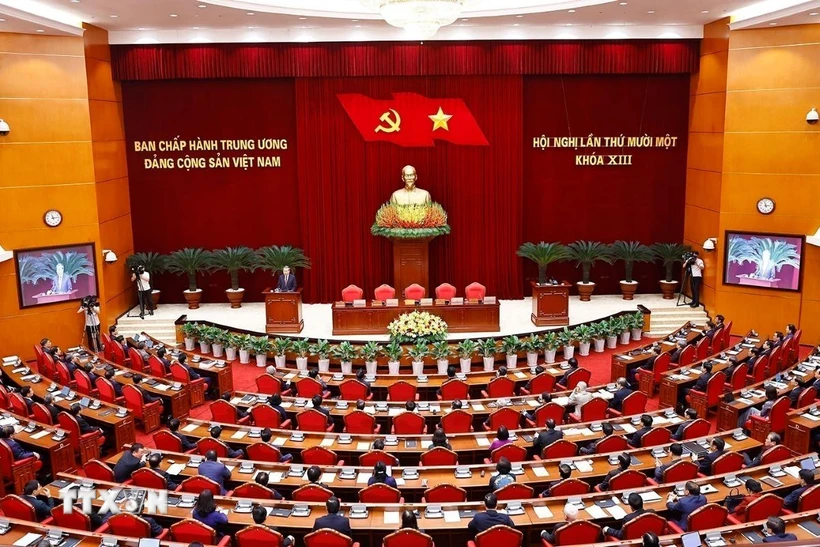
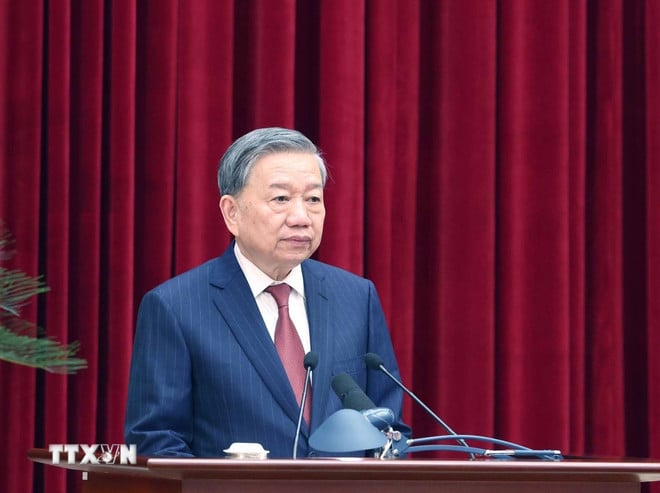
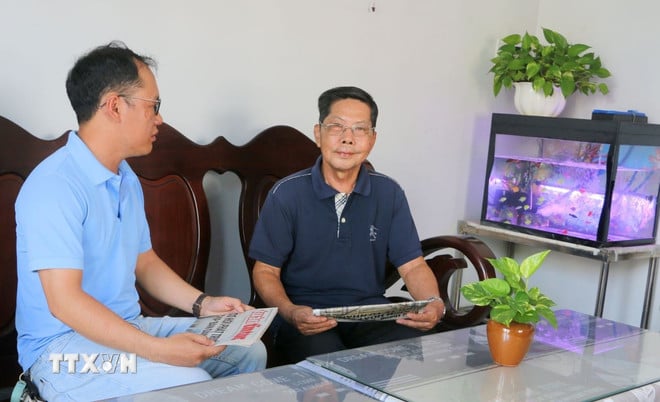
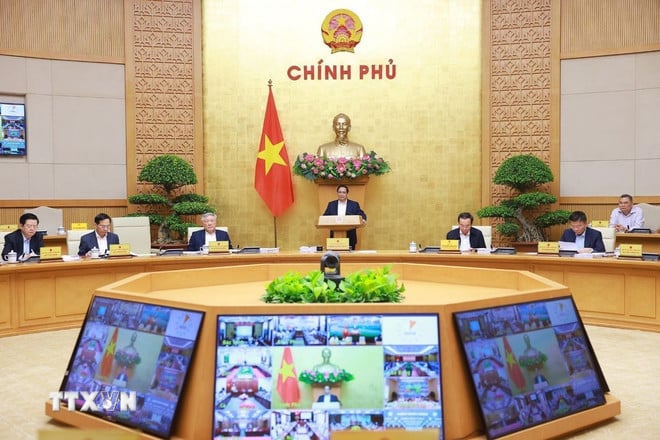



![[Photo] Prime Minister Pham Minh Chinh chairs the first meeting of the Central Steering Committee on housing policy and real estate market](https://vphoto.vietnam.vn/thumb/1200x675/vietnam/resource/IMAGE/2025/9/22/c0f42b88c6284975b4bcfcf5b17656e7)


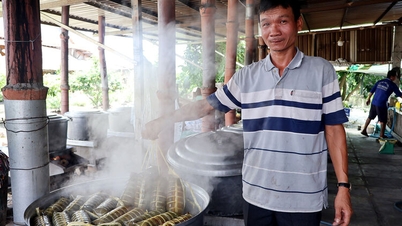











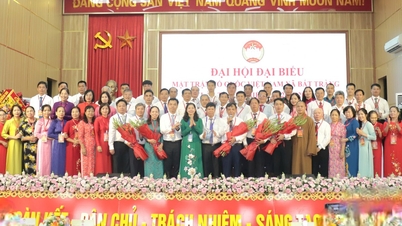
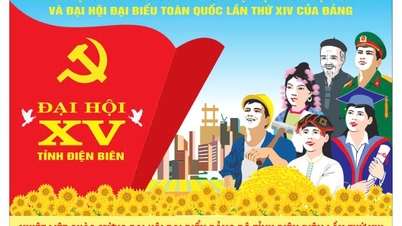



![[Photo] General Secretary To Lam presents the First Class Labor Medal to the Vietnam National Energy and Industry Group](https://vphoto.vietnam.vn/thumb/1200x675/vietnam/resource/IMAGE/2025/9/21/0ad2d50e1c274a55a3736500c5f262e5)

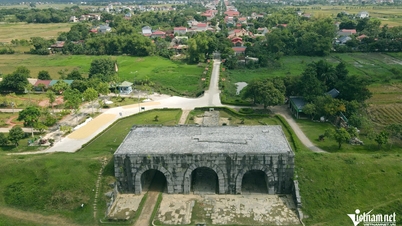





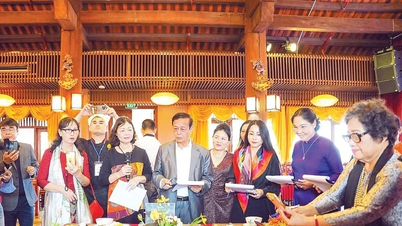



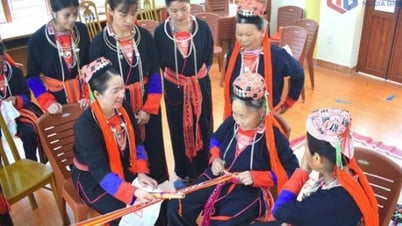

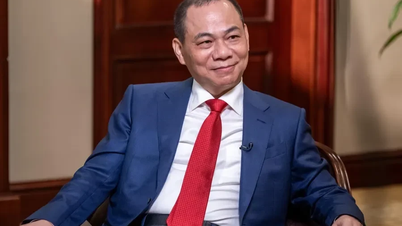





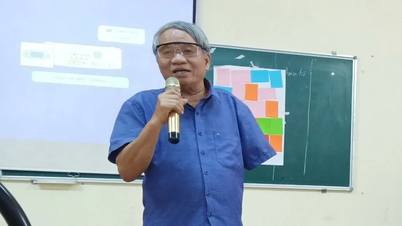









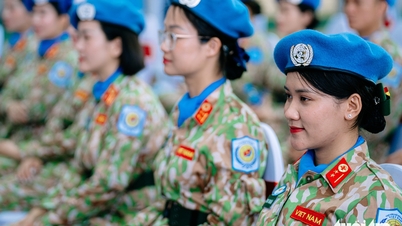
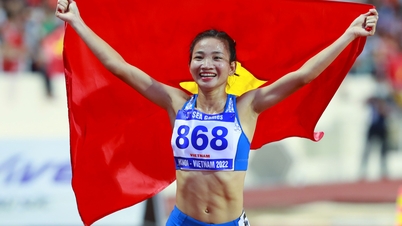







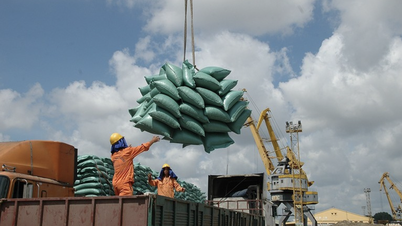








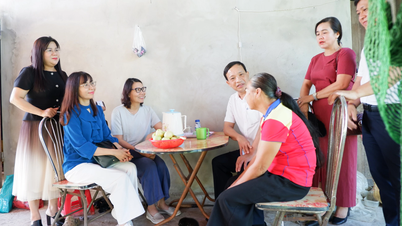
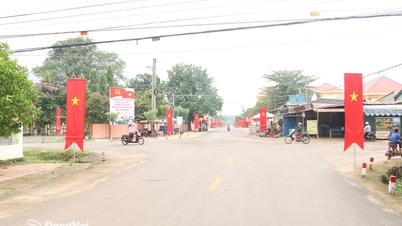

















Comment (0)